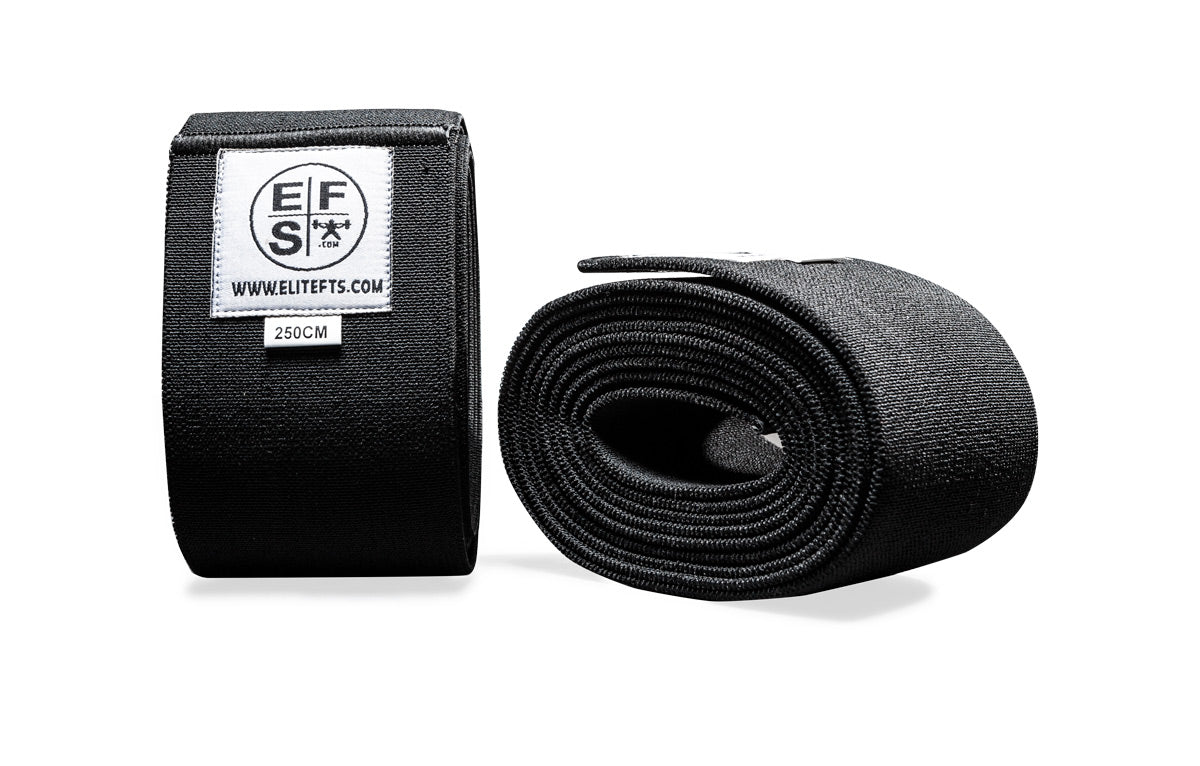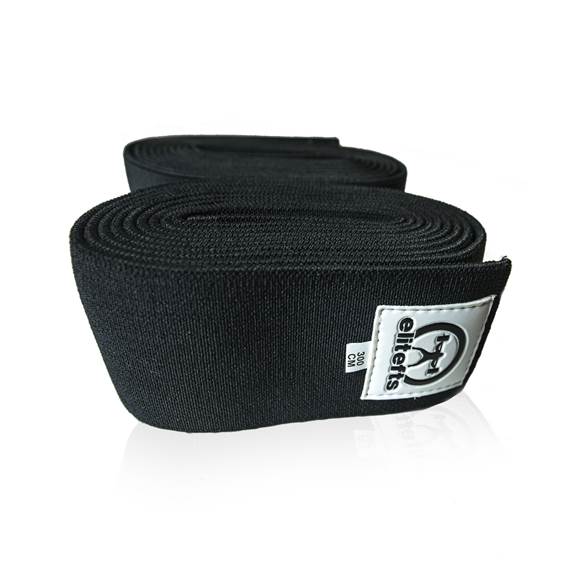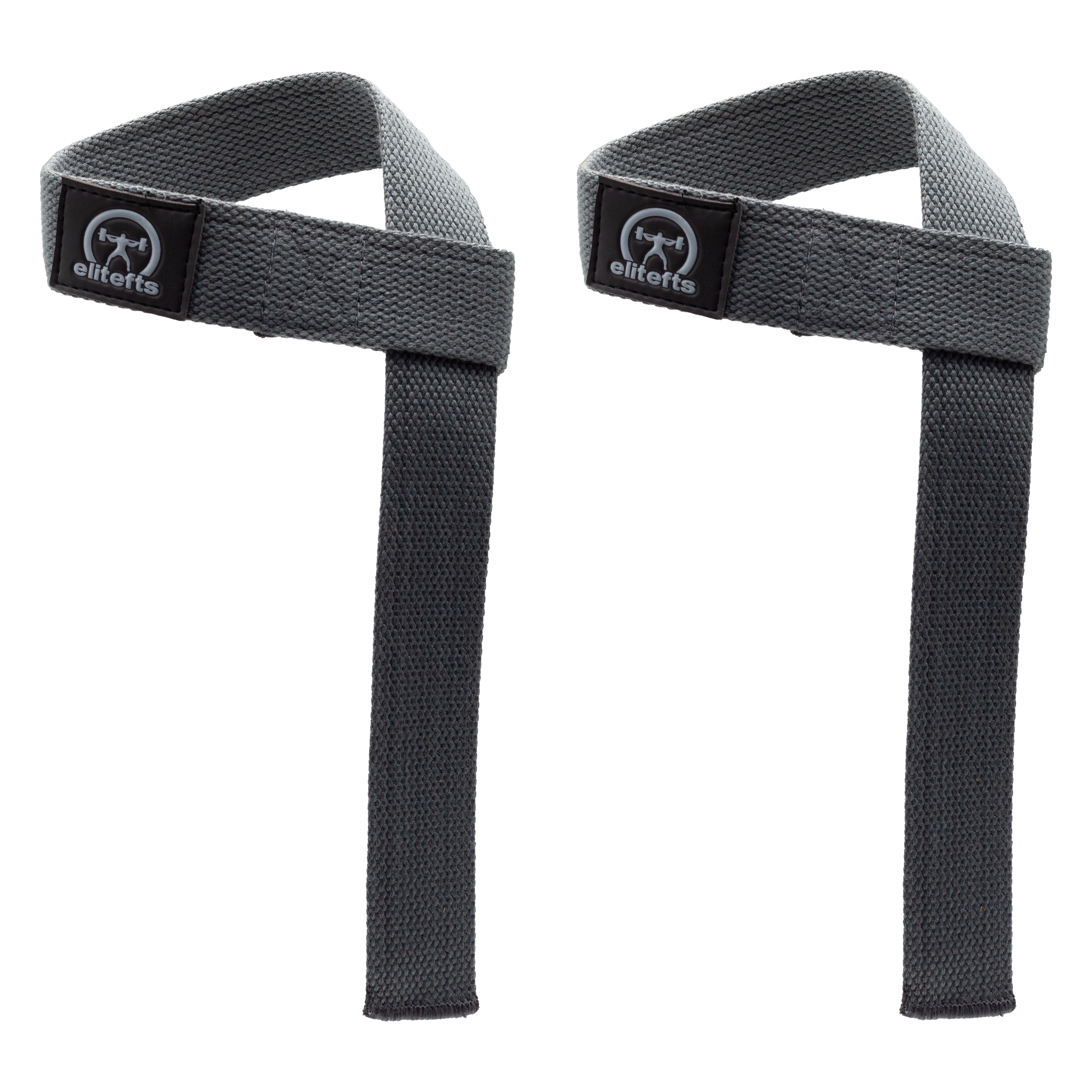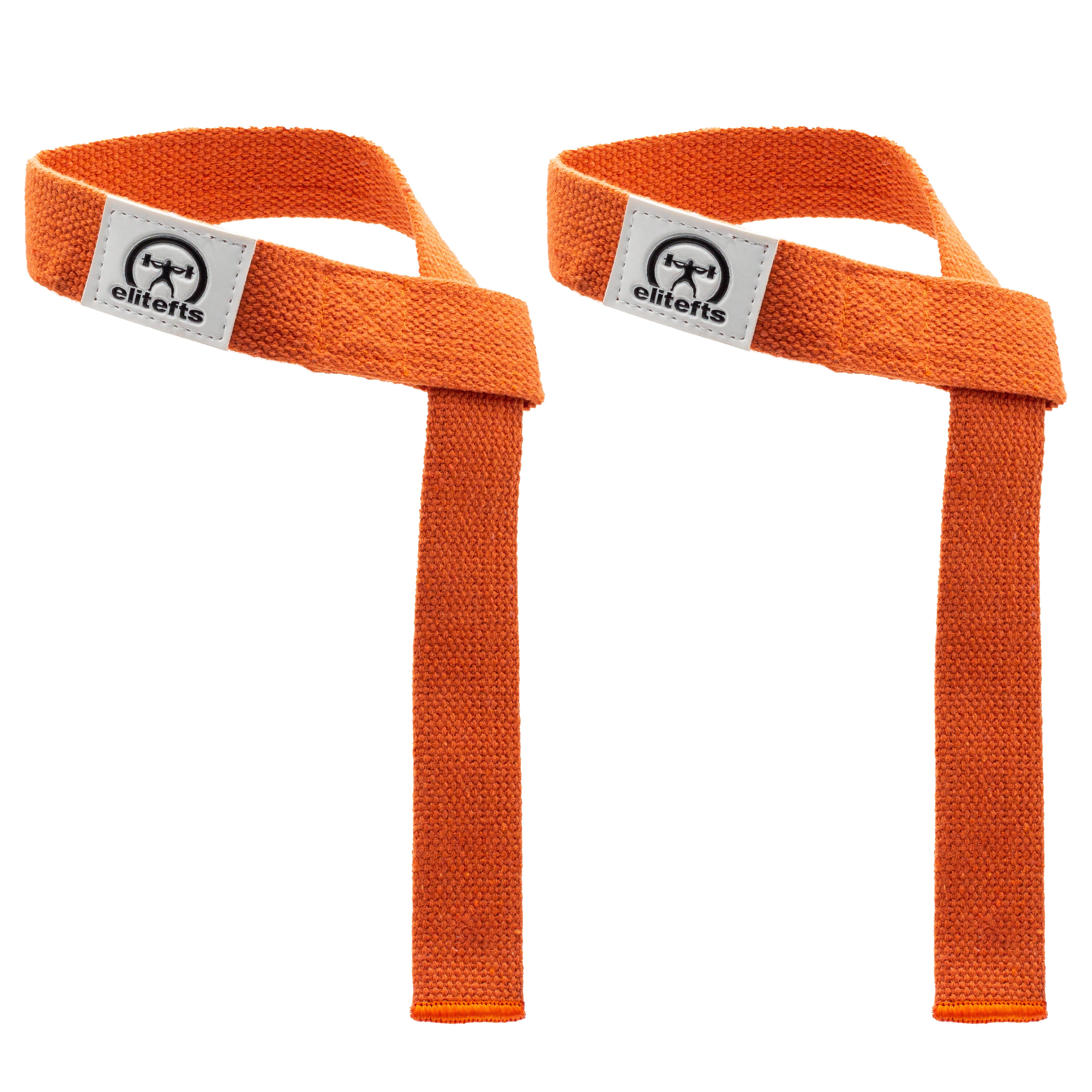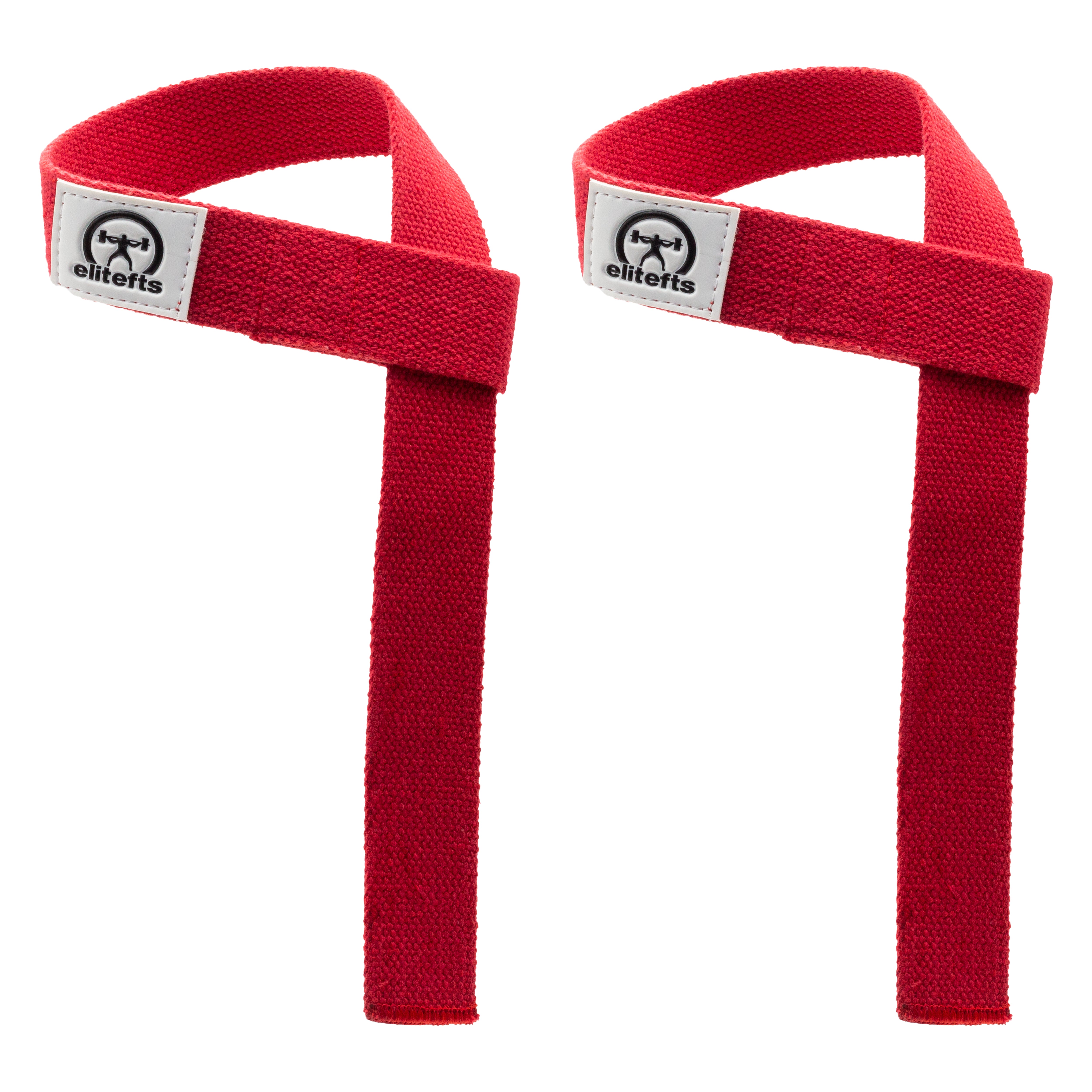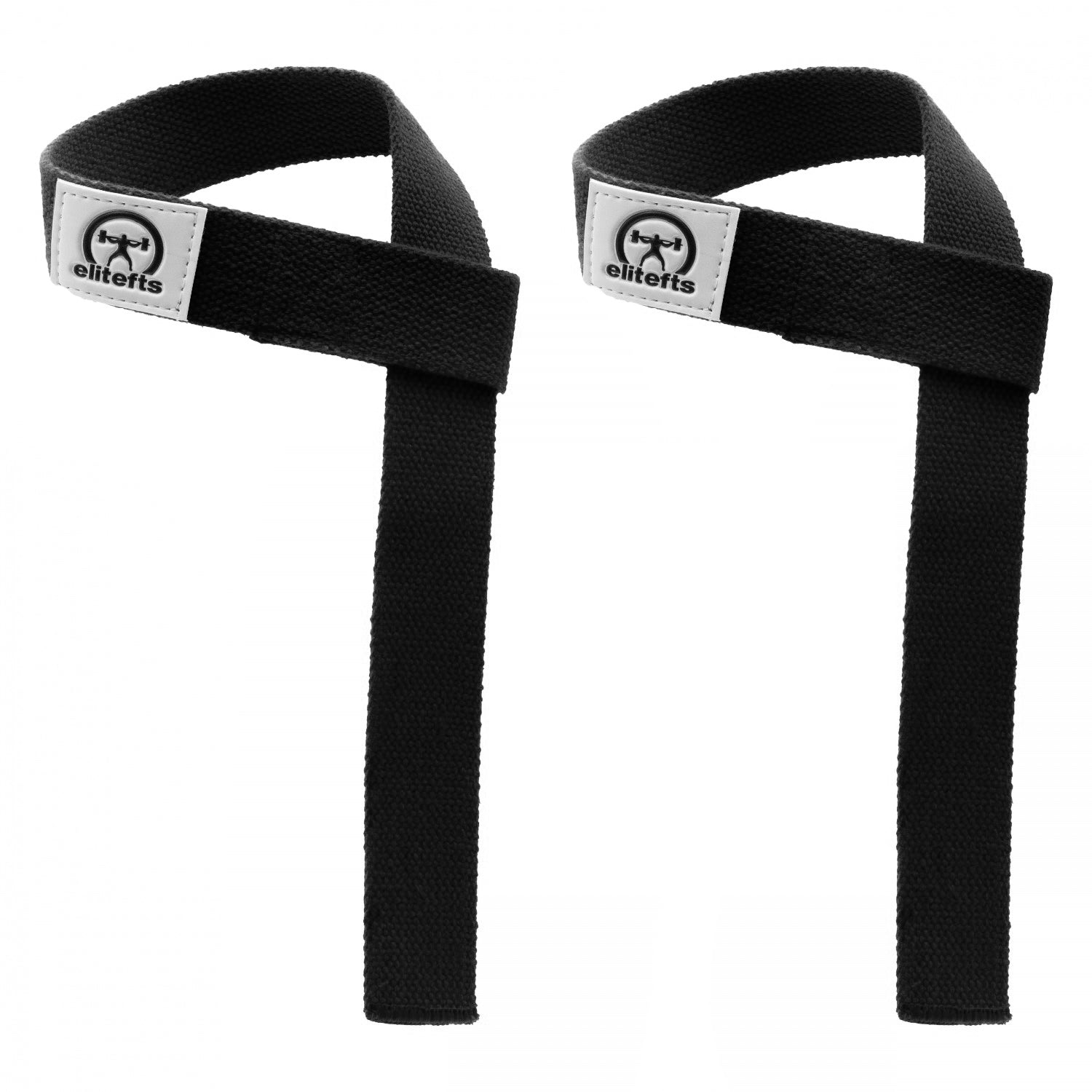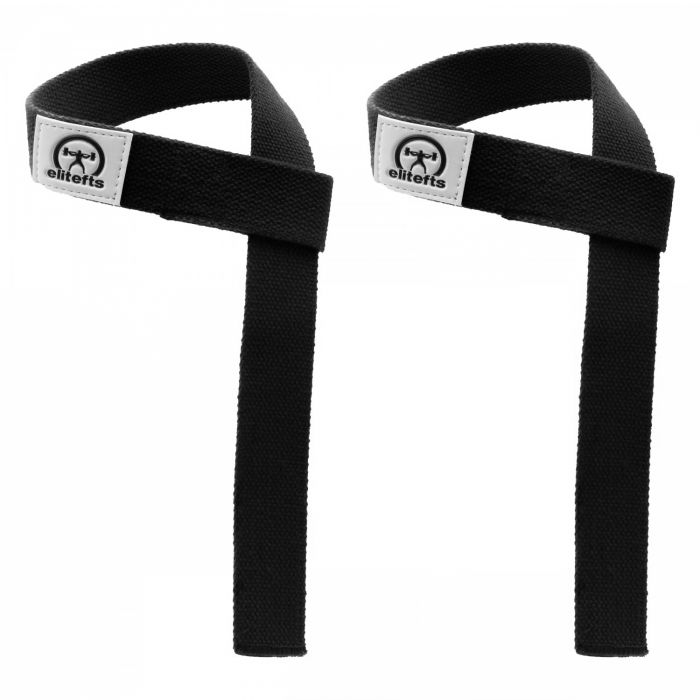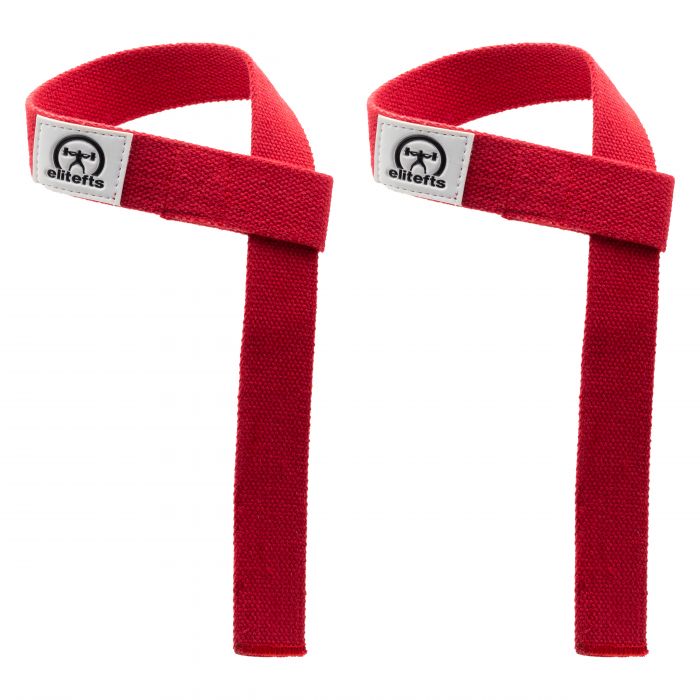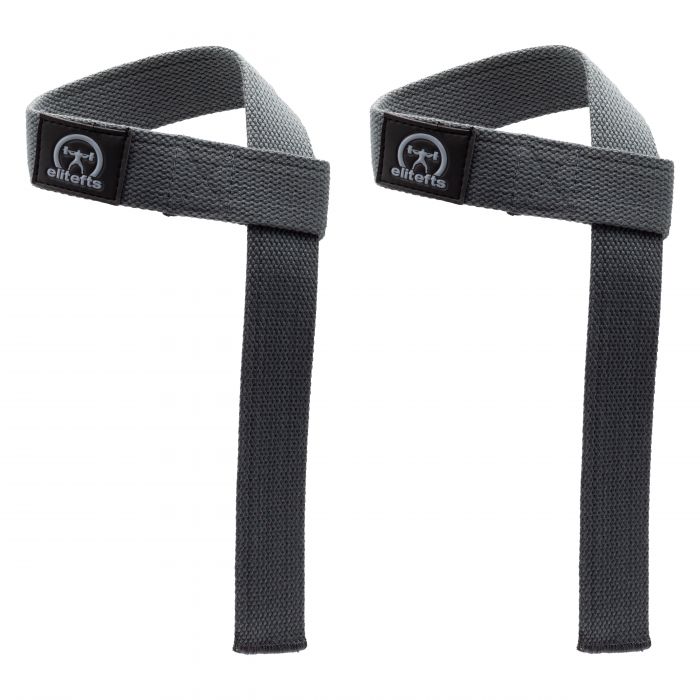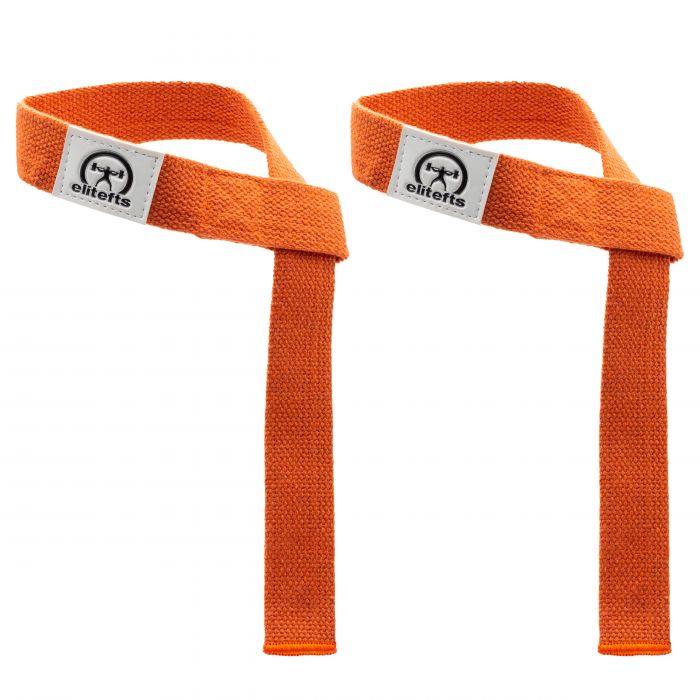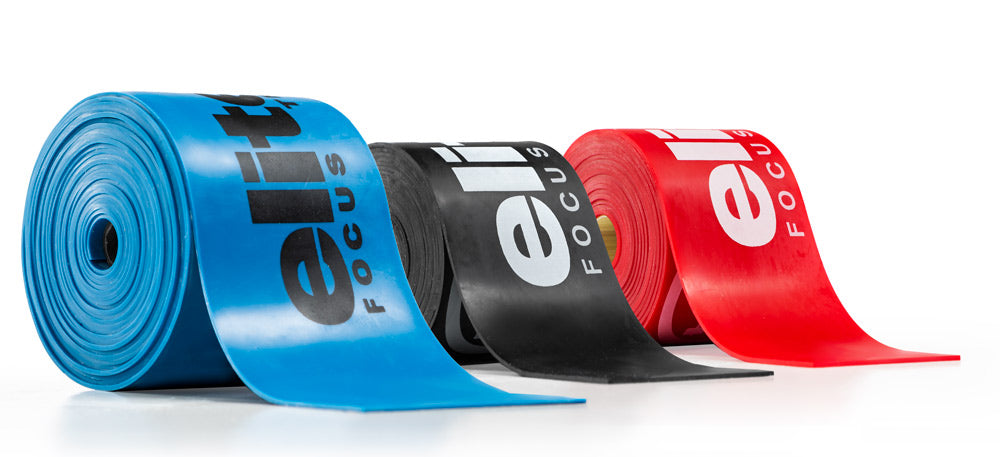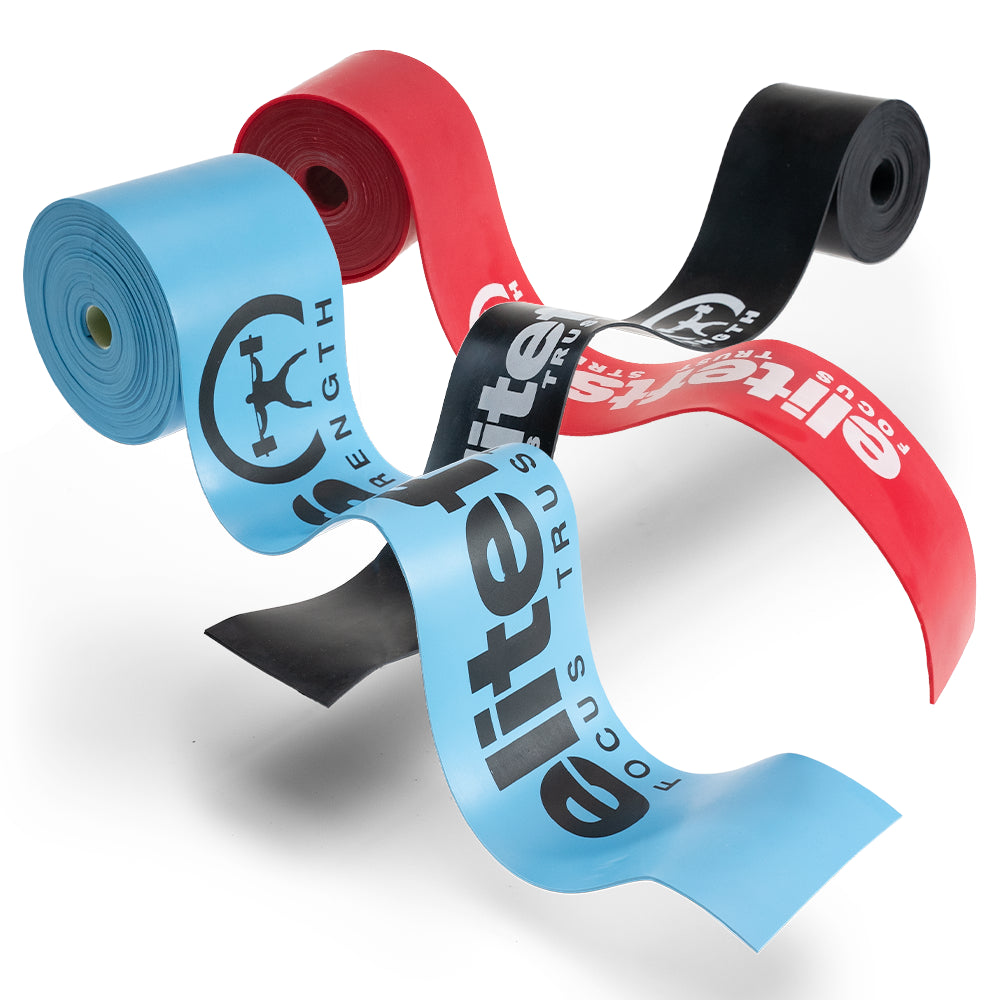We all remember that rapid increase of strength during our first year in the gym. However, now that you’ve got some time under your belt, these gains in progress have reduced significantly. Here’s how you can quickly jump through your current plateau and advance to the next stage of strength.
Chaos training has been around for decades. This method of training is all about increasing total motor unit recruit and overall muscle fiber activation. When we are new to the gym and make rapid increases in strength, it’s not necessarily because the tissue density is increasing. The main cause is simply because we are increasing the efficiency at which our muscle fibers can contract and how fast that nerve can send messages to the spinal cord and back to the muscle spindle. This increase in neurological function can result in more stability of the movement and, in return, lead to more poundage on the bar.
So, now that we understand some basic science behind this method of training. Here are some exercises you can slip into the rotation to increase that total muscle fiber activation. I suggest utilizing only one movement per workout to increase long-term potential and allow you to have more exercises available when your body adapts to one of them.
Upper-body Horizontal Press
1. Chaos Push-Ups: Be sure to set theband height so that when you are going through the movement, your hands are touching the floor. Also, keep the band from moving up and down throughout your entire set. Do not rely on the bounce from the band to get up.
2. Earthquake Bar Bench Press:
When performing this, make sure you start at a lighter weight to get a feel for the movement. The bar path during this movement can easily get out of hand. Be sure to grip the bar as tight as possible, squeeze your shoulder blades down and back activating the lats as hard as possible.
3. Single-Arm Bottoms-Up Kettlebell Press: Set the
kettlebell with the bottom up, the free hand can help with this. While activating the lat, press the kettlebell up. Be sure to try to keep the arm in line with the body, resulting in the bicep close to the ear when the arm is locked out. To make this movement easier, follow the movement of the kettlebell with your eyes and hold the kettlebell closer to the curved part of the handle.
Lower-body Movements
1. Earthquake Bar Squats: This movement is going to require maximum tension and should be attempted with a spotter if going heavy on the kettlebell weight. Be sure to brace the core and create as much intra-abdominal pressure as possible to ensure the back stays safe and stable.2. Chaos Hip Thrusts: When setting up the band height, you want to ensure that your foot does not touch the floor while performing the movement. Try to explode the hips up, take a slight pause at the top to control the instability of the band, then bring the hips down and proceed to another rep.
CJ is the Head Strength and Conditioning Coach for Onnit in Austin, Texas. He's had the opportunity to train athletes in the NFL, CFL, WWE, and many other professional and DI athletes. He has contributed multiple articles to T-Nation, Bodybuilding.com, and Men's Journal.



























































